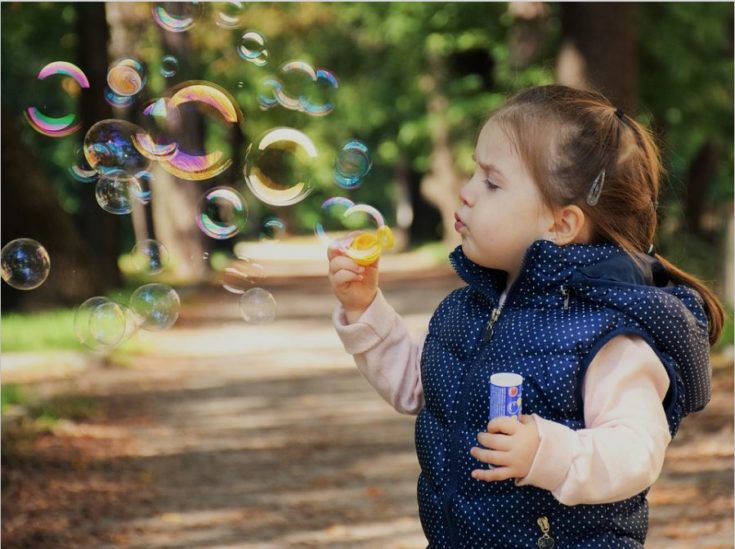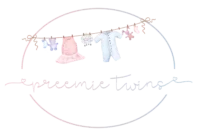Disclosure: This post may contain affiliate links, meaning we get a commission if you decide to make a purchase through our links, at no cost to you. Please read our disclosure for more info.
Playing a simple game with your toddler is a great way to help them learn. Other times, singing a silly song can help them remember important information. Pretend play can help a toddler understand how other people are feeling. Here are tips to help you guide your child’s playtime while making it educational. 
Cognitive Learning
There are many games you can play that will help your child learn simple things like color names and body parts. Singing a song like Hokey Pokey or If You are Happy and You Know It can help children learn the name of body parts. It can also get them up and moving to help to develop big muscle groups, so be silly with your children.
Emotional Learning
You can help your child learn to express their emotions in appropriate ways through a fun craft activity. Cut circles from stiff paper and attach them to popsicle sticks. Help your child glue on squiggly eyes. Then, have them use a sticker to draw on a happy, sad, scared and other mouths. Say an emotion and have your child hold up a stick that matches that emotion. Expand the idea by talking about when they feel that way. Many parents are surprised at how fast their toddler understands other people’s feelings once they start preschool.
Language Development
Reading to your child is a great way to encourage language development. When children are under three, then you can use board books that your baby cannot tear up easily. Then, you can move on to paper books as they mature. Even when your child reads on their own, it is still important to read to them. Although you can get stories on electronic devices or on the television, toddlers learn best with one-on-one interaction.
Physical Activities
There are many physical activities that your toddler will enjoy doing with you. Sit on the floor and roll a ball back and forth to the tunes of favorite songs. Roll the ball faster when the tempo is lively and slower when the tempo is slow. Go to the neighborhood park so that your child can play on the playground equipment.
Remember that play is the child’s way of learning, so it should be part of every day. Do not expect your child to sit down and learn until he or she is older, so embrace the fun preschool years to get active with your child.
